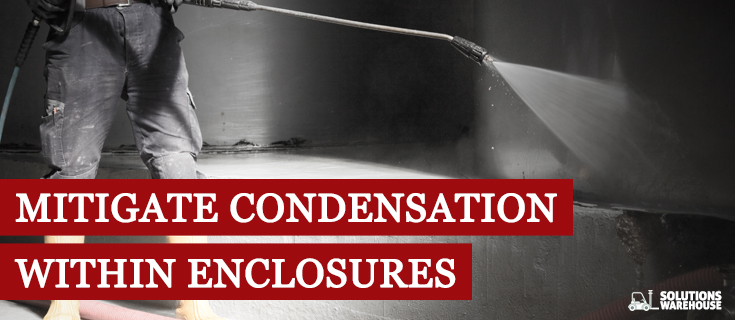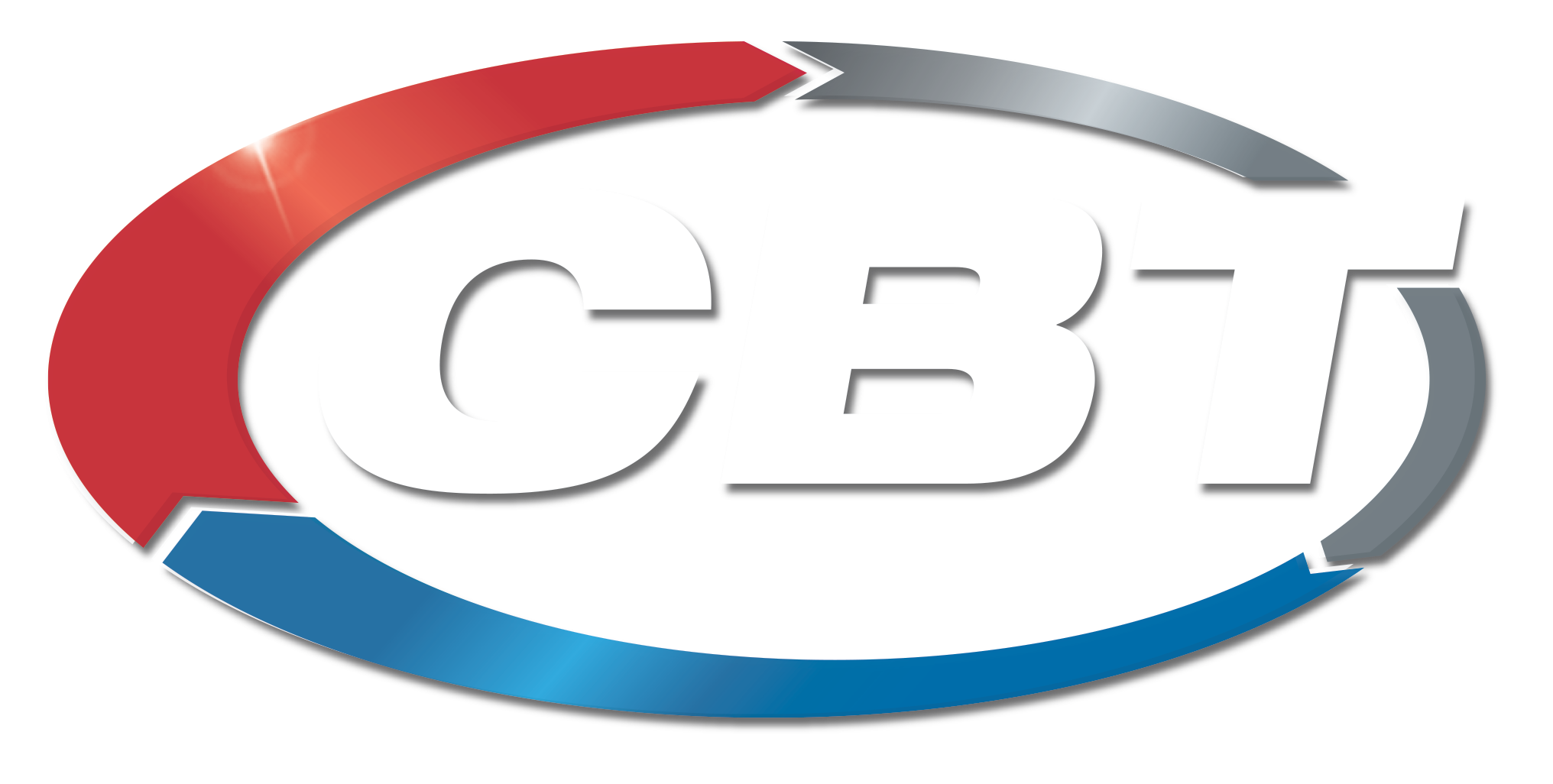 Electrical and electronic equipment, as well as components, are typically housed in an electrical enclosure designed to provide protection from the external environment. However, even with a sealed enclosure the introduction of moisture and water can result from a variety of circumstances. Once inside the enclosure, this water can accumulate — from small droplets on the components themselves to large puddles in the base of the enclosure. To address this concern, users employ a variety of methods intended to eliminate condensation and remove moisture. Yet, even small amounts of remaining moisture and liquid can result in costly damage to components, shorten the expected life cycle and affect overall component performance. In order to better protect components from condensation, a new, all-encompassing solution is needed — one that is effective, inexpensive and can be used in almost any industry.
Electrical and electronic equipment, as well as components, are typically housed in an electrical enclosure designed to provide protection from the external environment. However, even with a sealed enclosure the introduction of moisture and water can result from a variety of circumstances. Once inside the enclosure, this water can accumulate — from small droplets on the components themselves to large puddles in the base of the enclosure. To address this concern, users employ a variety of methods intended to eliminate condensation and remove moisture. Yet, even small amounts of remaining moisture and liquid can result in costly damage to components, shorten the expected life cycle and affect overall component performance. In order to better protect components from condensation, a new, all-encompassing solution is needed — one that is effective, inexpensive and can be used in almost any industry.
History
Condensation results when moist air is cooled or comes into contact with a cool surface that is at or below its saturation point, also called its dew point. At this temperature air can no longer hold all the moisture, and water vapor condenses into moisture droplets on available surfaces. When temperatures are below freezing, the water vapor condenses into frost. Various problems result when condensation forms on sensitive electrical and electronic devices inside an enclosure. Corrosion is one of the inherent troubles of moisture because it causes increased electrical resistance, which in turn generates additional heat and contributes to decreased and inconsistent component performance. In addition, corrosion can lead to rusting of critical electrical components, increasing the risk of circuits shorting out, as well as dangerous occurrences of arcing and sparking. In order to ensure optimal life expectancy of components, companies should take several precautions to help prevent these harmful conditions.
Challenge
Although complete condensation prevention is ideal, the circumstances that lead to its incidence are difficult to avoid. Condensation can stem from numerous sources in many environments and applications. For example, in indoor washdown applications, it is possible for high-pressure spray with soap lubricants to penetrate around sealed components and gaskets. Plus, in cases where conduit or pipe fittings aren’t sealed properly, condensation may form in the pipe or conduit and drain directly into the enclosure. Even with best practices — leaks happen. In wet or humid applications and environments, moisture enters an enclosure when the enclosure’s door is opened for service or maintenance purposes. Since internal components generate heat within the enclosure, the warmed air inside can hold even more moisture. When the enclosure surfaces cool to the dew point as a result of shutdown, lower evening temperatures or lower outside air temperatures caused by a cool rain and other circumstances, condensation forms. Large temperature variations between the inside and outside of the enclosure can also result in pressure differences that may create a vacuum and draw water through the fittings and/or component and gasket seals. The best way to combat these harmful occurrences is by using a device to rid both the enclosure and the housed components of condensation. Finding an effective yet affordable solution, however, has proved problematic. Download the Mitigating Condensation Within Enclosures whitepaper from Hoffman to learn how CBT and Hoffman can help you protect your electrical equipment.













